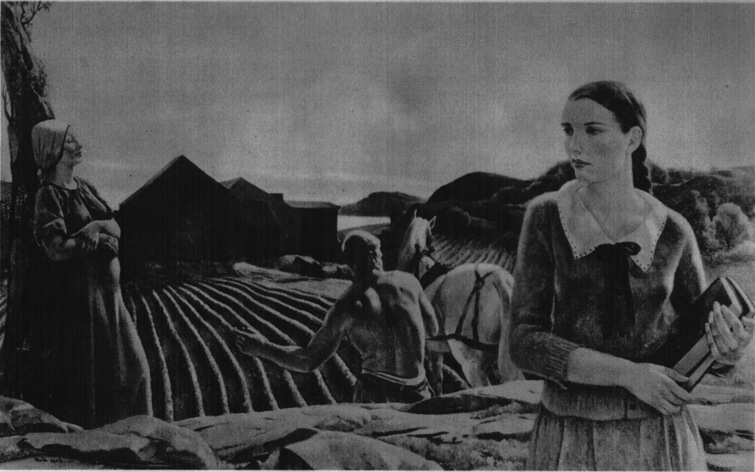| Horst Nitz | May 21st, 2013 01:43 PM |
Hi there,
over to some core considerations. It seems to me that the paradigm of a collective unconsciousness as a source of universally shared symbols rests in the idea of parallel evolution of more or less all mankind and, simplifying, a shared ‘genetic’ memory of such anxious experiences, that necessitated their burial in the unconscious. However, for the last ten thousand or so years and under the condition of ever more complex social environments, the hold that evolution had on our species, has increasingly become amended by influences from a social environment. Or in other words, mankind has emerged from the paleolithic hunter-gatherer existence with the capacity for (symbolic) verbal interaction. From then on, under the conditions of more or less permanently settled complex communities, further progress and successful survival of such entities depended very much on their ability for symbolic behaviour, i.e. the fostering of a sense of shared identity and belonging - in summary, a symbolic culture that includes the creation of a joint cosmos. This has been called 'the revolution of the symbols' by Frenchman Jaques Cauvin. In the course of the Neolithic period agricultural food production and animal husbandry should have provided the material basis for a weaving culture to emerge, the ideal prerequisite for the establishment and distribution of a shared cosmos and its symbols in a pre-literal society.
The lead that social and environmental processes outcomes facilitated by man have taken over such that were shaped by evolutionary process, shows in the perception of the Arizona Whale-Kangaroo kip-image (Kihlstrom J F, 2006):

http://socrates.berkeley.edu/~kihlstrm/SEP06.htm
The three hundred years that passed since the arrival in Australia of European newcomers are negligible in terms of evolution.
It follows that the interpretation of (suspected) symbols varies with the cultural and social context of the interpreter. The tools used to this end, and the epistemology behind them are part of the context; a culturally neutral assessment becomes a fiction and for a psychodynamic interpretation of past symbols in rugs this could mean trouble.
Regards
Horst Nitz
over to some core considerations. It seems to me that the paradigm of a collective unconsciousness as a source of universally shared symbols rests in the idea of parallel evolution of more or less all mankind and, simplifying, a shared ‘genetic’ memory of such anxious experiences, that necessitated their burial in the unconscious. However, for the last ten thousand or so years and under the condition of ever more complex social environments, the hold that evolution had on our species, has increasingly become amended by influences from a social environment. Or in other words, mankind has emerged from the paleolithic hunter-gatherer existence with the capacity for (symbolic) verbal interaction. From then on, under the conditions of more or less permanently settled complex communities, further progress and successful survival of such entities depended very much on their ability for symbolic behaviour, i.e. the fostering of a sense of shared identity and belonging - in summary, a symbolic culture that includes the creation of a joint cosmos. This has been called 'the revolution of the symbols' by Frenchman Jaques Cauvin. In the course of the Neolithic period agricultural food production and animal husbandry should have provided the material basis for a weaving culture to emerge, the ideal prerequisite for the establishment and distribution of a shared cosmos and its symbols in a pre-literal society.
The lead that social and environmental processes outcomes facilitated by man have taken over such that were shaped by evolutionary process, shows in the perception of the Arizona Whale-Kangaroo kip-image (Kihlstrom J F, 2006):

http://socrates.berkeley.edu/~kihlstrm/SEP06.htm
The three hundred years that passed since the arrival in Australia of European newcomers are negligible in terms of evolution.
It follows that the interpretation of (suspected) symbols varies with the cultural and social context of the interpreter. The tools used to this end, and the epistemology behind them are part of the context; a culturally neutral assessment becomes a fiction and for a psychodynamic interpretation of past symbols in rugs this could mean trouble.
Regards
Horst Nitz








